Download 3-6 Inquiry Guide
Each chapter below consists of 4-5 guided inquiries to help bring climate change learning to your young learners.
Contributors: Judy Halpern, Lynn Bristoll and Deborah Miller
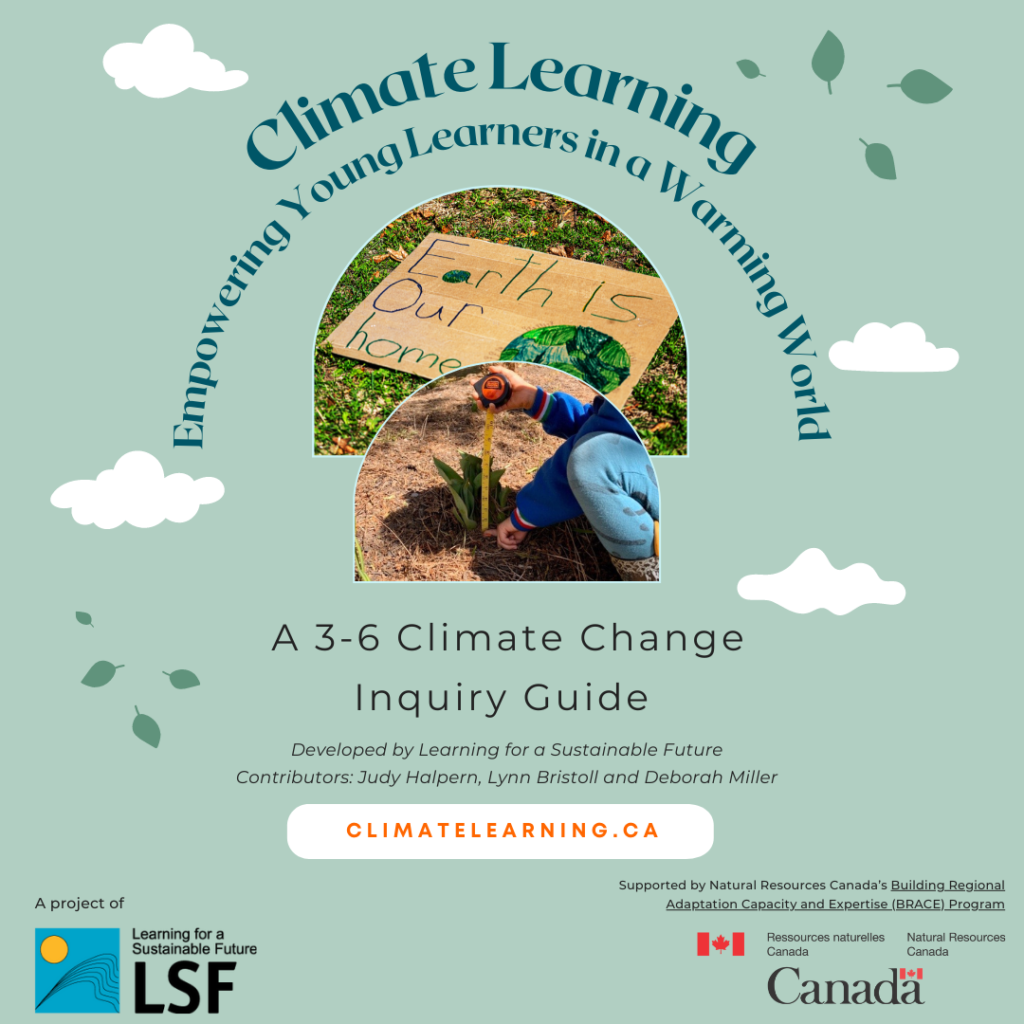
Note: This document was developed based on the Inquiry structure used in "Empowering Learners in a Warming World" curated for grades 7-12 and originally created by the LSF in collaboration with Dr. Ellen Field, Dr. Karen Acton and Jennifer Stevens. Where appropriate for younger students, some information is repeated, Active Learning Strategies are referenced, and resources are used.
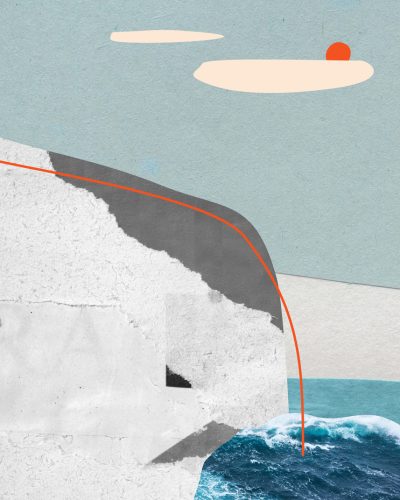
1. What is Climate Change and Why Care
In this initial inquiry, students will explore and learn about the differences between weather and climate and understand the basic scientific principles of climate change through books, videos and interpretations of an infographic. You may find there are more activities than a class can complete. Several activities have been included so that every kind of learner can find ideas, questions, and activities that inspire learning that leads to action.
Background information for educators on some climate change basics including:
- Climate vs. Weather
- Greenhouse effect
- Climate Change Impacts
- Canadian’s climate change knowledge & understanding
Students will explore climate change concepts based on a non-fiction text and explore how climate is different from weather.
Resources:
- What is Climate Change? by Gail Herman, chapter 1 sound bite (can be retrieved from: https://soundcloud.com/penguin-audio/what-is-climate-change-by-gail)
- Other possible stories from this list: Climate Action Books for Kids
In this Inquiry, students will use visual literacy skills to interpret an infographic that explains climate change concepts.
Resources:
2. How Does Climate Change Affect Our World?
This inquiry delves deeper into the multifaceted environmental effects of climate change. We encourage students to harness their curiosity about the local environment by examining changes to systems and through systems thinking, specifically ecosystems, biodiversity and habitat loss, or by connecting with a community expert and exploring restorative practices. We have included a multitude of external resources and guiding questions to help support and extend student research and action.
Background Information for educators focusing on the environmental effects of climate change across Canada including:
- Changes in Temperature & Precipitation
- Changes to the Cryosophere
- Changes to Freshwater Resources
- Changes in the Ocean Climate
- Biodiversity Changes in Canada
Students will be introduced to systems and systems thinking by exploring how climate change affects their own world.
Resources:
Students will explore their local community, through a neighbourhood walk, noting the systems at work that make it function. Students will note human impacts on the local community and explore the consequences of short-term and long-term actions.
Resources:
- Permission to go on a neighbourhood walk
- Habits of a Systems Thinker cards
Students will explore the systems at work in a local natural habitat and as an “adventure scientist” collect data to provide evidence on the health of the habitat and biodiversity within it.
Resources:
- Poster from Ingenium’s Let’s Talk Energy
- Access to a local natural habitat
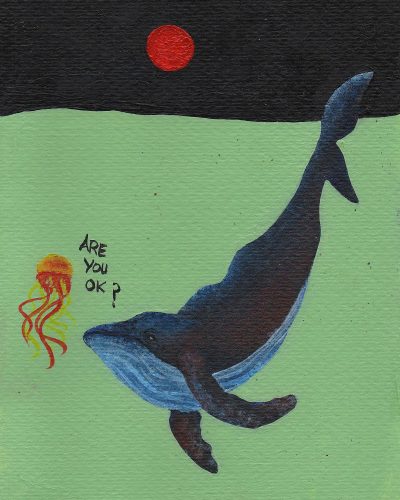

3. How does addressing climate change make us healthier?
This inquiry explores sensitive material. It explores the connection between climate change and many facets of human health. We have included resources, activities, and information to inform educators of the serious and widespread effects that climate impacts have on physical and mental health across Canada. This inquiry also invites students to reflect and consider their own health in the face of these serious climate changes. We explore how many of the actions to reduce greenhouse gas emissions also have the co-benefit of improving our health.
Background Information for educators focusing on the mental and physical health risks and impacts of climate change.
Through open-ended discussion probes, thoughtful provocations, and several hands-on activities, this inquiry provides multiple directions for educators to take as human health and climate change are explored side by side.
“Vitamin N (for “nature”) is a concept coined by Richard Louv, author of the book of the same name. This book and concept is a complete prescription for connecting with the power and joy of the natural world right now, with: activities, informational websites, an abundance of down-to-earth advice, and dozens of thought-provoking essays.” (“Vitamin N (for “nature”), Richard Louv, 2016).
Resources:
- Access to the Internet
- Art supplies for poster making activity
“Well-being is a feeling of satisfaction with life, a state characterized by health, happiness, and prosperity. Good health concerns the care of the human body and everything that can be done to protect it from sickness and intoxication and enable access to care” (UNESCO, 2021).
- SDG Resources for Educators: Good Health and Well-Being
- SDG3: Health & Well-being [Barcelona Institute for Global Health, ISGlobal]
“Hunger is an alarm signal sent by the body when the stomach is empty and the blood sugar level decreases. Malnutrition occurs when the body adapts to the prolonged absence of food, losing weight and functioning more slowly.” (UNESCO, 2021).
- Primary: SDG 2: Zero Hunger [MAPFRE]
- Junior: SDG 2: Zero Hunger [MAPFRE]
Resources:
- Access to the internet
- Poster of the Sustainable Development Goals
- Large gym or outdoor field for active game
“The 2030 Agenda for Sustainable Development provides a global blueprint for dignity, peace and prosperity for people and the planet, now and in the future. A few years into the Agenda, we see how civil society, private sector, and governments are translating this shared vision into national development plans and strategies” (United Nations, 2020)
Resources:
- Access to the internet
- Cardstock paper and colouring implements for each child to make a pair of Global Glasses (The Worlds Largest Lesson, 2020).
4. It's Easy Being Green!
This chapter explores energy and the green options available to consumers. It then explores the difference between needs and wants, as well as rights and responsibilities so that students understand and can act on the dire need to explore alternative energy options in their lifetime. The chapter concludes with students exploring and identifying careers that are greener to broaden their knowledge and understanding from those traditional professions many aspire to.
The background information for this chapter delves into the future of careers in climate change: the green economy & climate opportunities.
Students will explore innovations in alternative energy production by exploring a true story of a small Danish island that transformed into a model of sustainability. This book will inspire and motivate readers to learn about renewable energy systems.
Resources:
- Energy Island: How One Community Harnessed the Wind and Changed their World by Allan Drummond (book)
- Access to the Internet
What do children need to survive and live a healthy, happy life? The activities in this inquiry help students distinguish the difference between the things they want and the things they need. Students will come to understand that needs such as clean water, education and protection from abuse are things that all children have a right to. These rights are enshrined in the United Nations Convention for the Rights of the Child.
Resources:
- Global Education Activity Resource (GEAR) by World Vision, can be accessed at: Global Education Activity Resource
- Strength Chain handout (Understood.org)
What are green careers? How do we view career choices with an environmental lens? As an introduction to green career opportunities, begin by having students watch this video by TVO Kids which introduces them to two careers, a forest manager and water treatment technician.
Forest Manager & Water Technician
Resources:
- Access to the Internet
- Copies of Exploring Career Choices handout
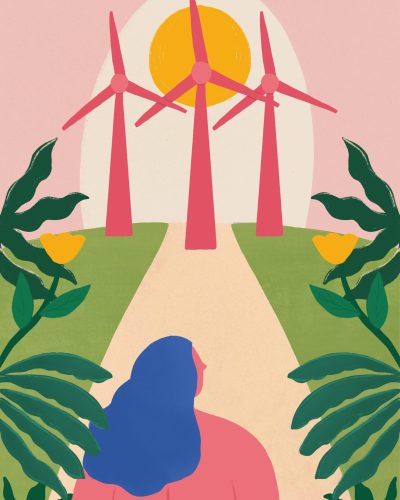
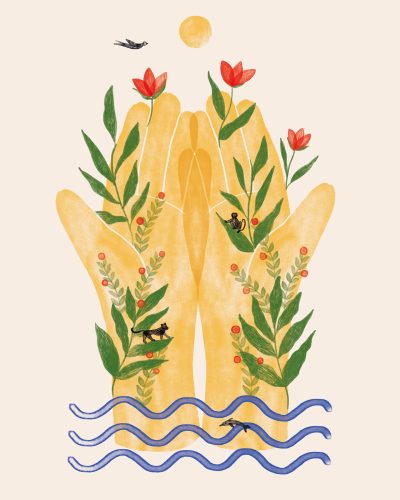
5. Indigenous Ways of Knowing
This chapter offers three different structured and scaffolded inquiries to support Indigenous Ways of Knowing. Indigenous People have passed on traditional knowledge from one generation to the next to learn to live sustainably with the Land. These enquiries explore various examples of these Indigenous Ways of Knowing and how the teachings and learning are passed on from one generation to the next.
The background information in this chapter explores how Indigenous peoples have lived sustainably with the Land for countless generations. We need to listen carefully to better understand how Traditional knowledge, and its application, contribute to environmental sustainability and planning for the future.
The inquiry explores the topics of respect for Elders and caring for the environment. Students learn how we can apply Elder knowledge and understanding of sustainability to reduce the effects of climate change.
Resources:
Book – Read aloud the Elders are Watching by David Bouchard or watch online
This inquiry examines traditions, connections to nature and how Indigenous People interact with their environment. The activities invite students to reflect on Indigenous perspectives and knowledge as sources of information to reduce the effects of climate change.
Resources:
Students learn about the importance of Elder knowledge and guidance needed to help us live sustainably. They will inquire into the necessary skills for adapting to and reducing climate changes, taking lessons from Indigenous Peoples who have witnessed the environmental changes to the land.
Resources: